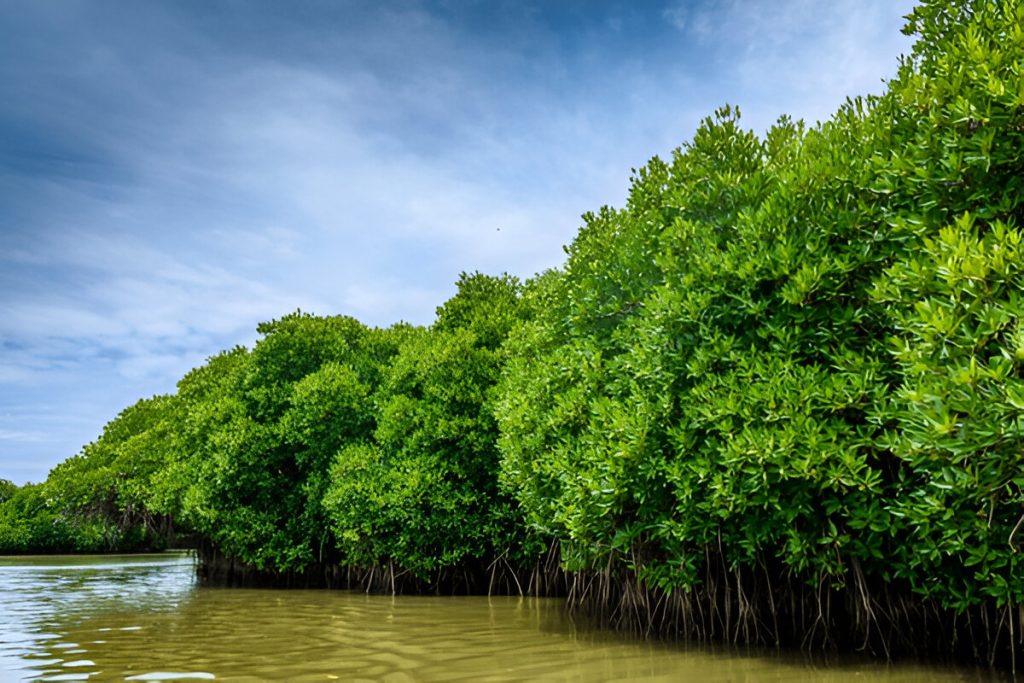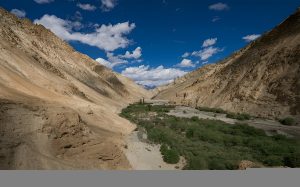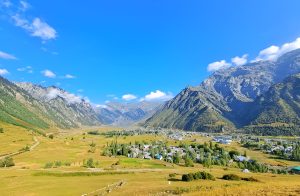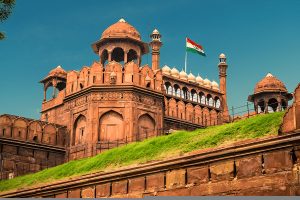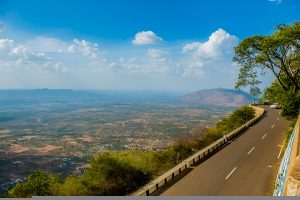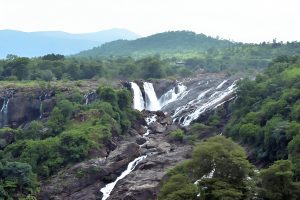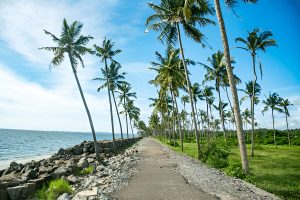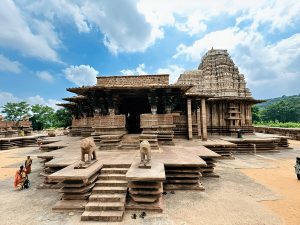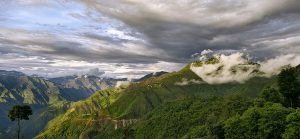Our family of five had been planning a much-needed getaway for months, and this time, we decided to explore some hidden gems of Tamil Nadu—Pichavaram Mangrove Forests and Kotagiri. We were excited to go on a 3 days short trip and get ourselves acquainted with one of the world’s largest mangrove forests. Kids were more excited about the journey to Kotagiri as they had never seen tea plantations and were waiting for experiencing the pleasant and cool climate there.
Day 1: The Journey Begins – Coimbatore to Pichavaram Mangrove Forests
We kicked off our journey early in the morning from Coimbatore, our hometown, with a lot of thrill and excitement. The drive was approximately 300 kilometers, and we were looking forward to a scenic road trip. The journey took us about 6 to 7 hours, and we made a couple of stops along the way for tea and snacks. We had the option of taking a direct route to Pichavaram, via Salem and Chidambaram, which took us through small towns, beautiful rural landscapes, and occasional lush greenery.
Even though the drive was long, the thought of exploring the mangroves kept everyone energized. The roads were a mix of smooth highways and winding rural roads, and we made it to Pichavaram by mid-afternoon.
Pichavaram Mangrove Forests: A Unique Ecosystem
After checking into our accommodation, a cozy and simple guesthouse close to the Pichavaram backwaters, we couldn’t wait to explore the famous Pichavaram Mangrove Forests.
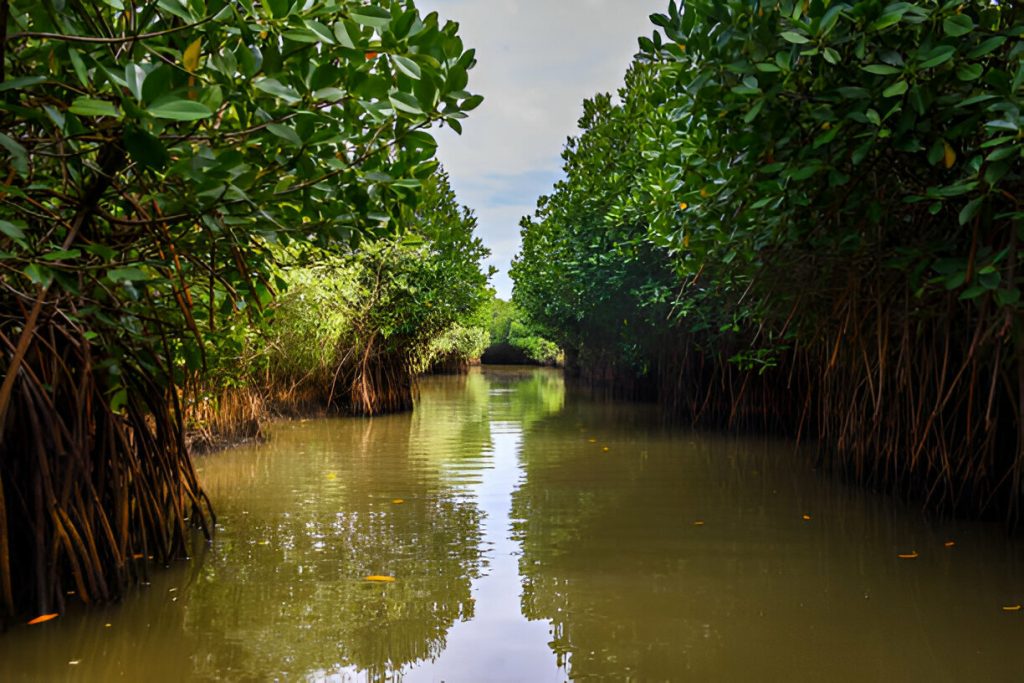
Pichavaram is one of the largest mangrove forests not only in India but also in the world. Apart from enjoying and soaking in the sheer beauty of the place, there was a lot that kids and us could learn and understand about the importance of these mangrove forests:
1.Pichavaram is the habitat of many endangered and migratory species.
2. The mangrove roots provide a safe breeding ground for fish, crabs and shrimp.
3. Mangroves are highly efficient at capturing and storing carbon dioxide, helping to combat climate change.
4.The dense root systems of Mangroves prevent soil erosion, storm, surges and tsunamis, protecting the people there from natural disasters.
5. Many people depend on the mangrove forests for their livelihood including fishing, aquaculture and harvesting of mangrove products.
6. It is an imporatant site for scientific research and environmental education.
All this information shared by locals there made this more of an educational trip for the kids. Witnessing the huge forest and its much greater impact on people as well as the climate was a true eye opener for all of us.
Activities at Pichavaram
Boating Through the Mangroves: After getting to know the place in detail, we started with our boat ride, which was the highlight of our trip. The mangrove forest stretches over an area of 1,100 hectares and is crisscrossed by narrow waterways. The boatman took us through these winding channels, and the kids were absolutely thrilled, spotting various species of birds like kingfishers and herons along the way. The experience of being surrounded by dense greenery and quiet waters was incredibly peaceful. We even spotted a few mudskippers and crabs scuttling along the shores.
Bird Watching and Nature Walks: After our boat ride, we decided to explore the area on foot. Pichavaram is home to a wide variety of flora and fauna, and we saw many different birds and plants. There’s a small watch tower from where we could take in the full panoramic view of the forest and the water. It was a relaxing and unique experience.
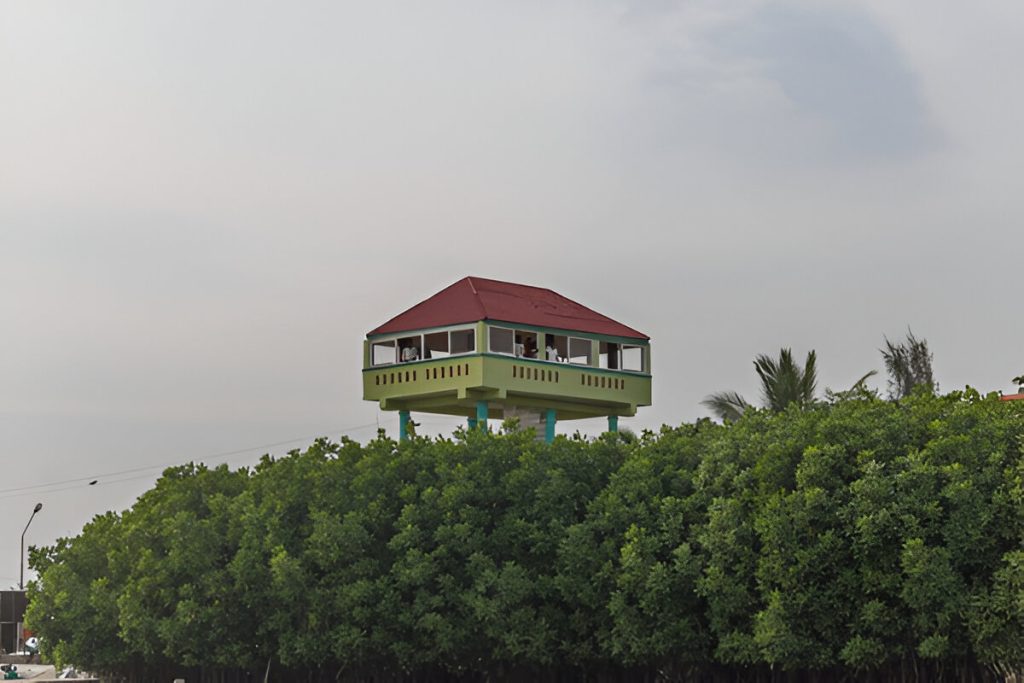
Challenges and Accommodation
The accommodation was basic but clean and comfortable for a family stay. There aren’t many luxury options around Pichavaram, so we stayed at a guesthouse that offered a nice view of the backwaters. The rooms were equipped with basic amenities, though the lack of air conditioning made it slightly uncomfortable due to the humid climate. A little tip: do carry mosquito repellent, as the area tends to have a lot of insects, especially in the evening.
After a day of exploring, we headed to a local restaurant to enjoy some fresh seafood. Pichavaram is known for its fresh catches, and we enjoyed a delicious meal of grilled fish and prawns.
Day 2: Pichavaram to Kotagiri – A Scenic Mountain Retreat
After a restful night in Pichavaram, we packed our bags and began our next adventure—a drive from Pichavaram to Kotagiri, which is around 200 kilometers away. The journey from the flatlands of the mangrove forests to the cool hills of Kotagiri was an exciting one. The drive took us about 5 to 6 hours, with the last stretch being through narrow, winding roads as we ascended into the Nilgiri Hills.
The weather changed from humid to cool, and the landscape transformed into lush tea estates and rolling hills. The kids were delighted by the change in scenery—especially after the flat coastal plains of Pichavaram.
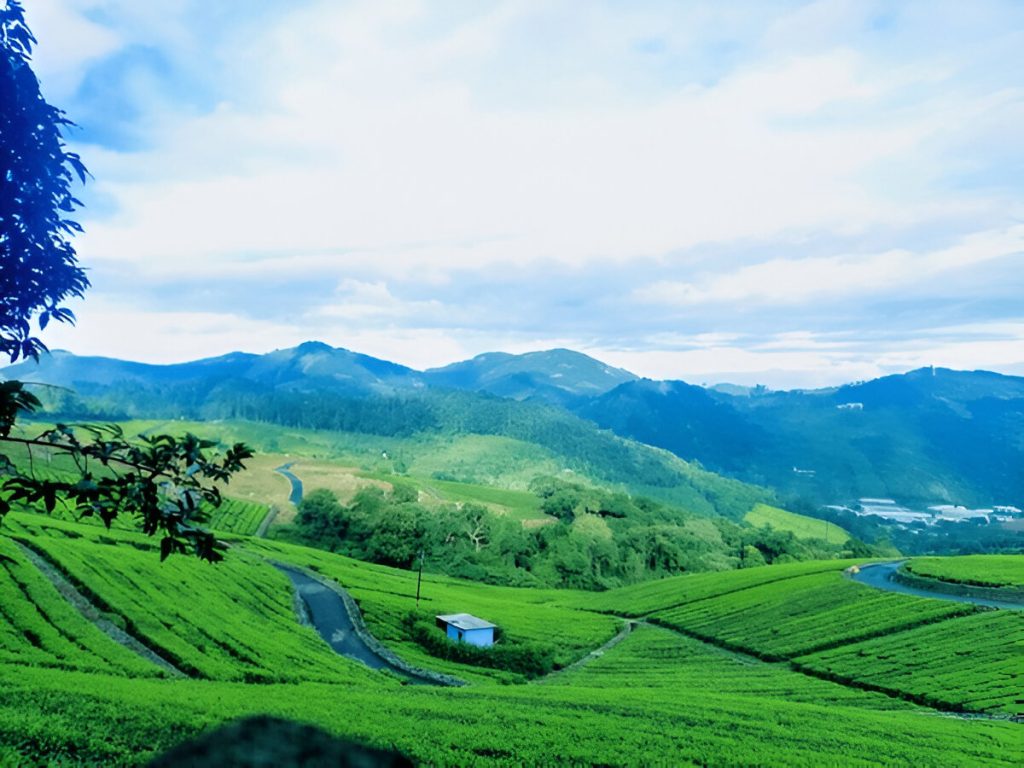
Kotagiri: A Quiet Hill Station with a Rich Heritage
Upon reaching Kotagiri, one of the lesser-known hill stations of Tamil Nadu, we checked into a charming homestay surrounded by acres of tea plantations. The cool breeze and quiet environment were a refreshing contrast to the heat we had experienced in Pichavaram. The views were really outstanding with emerald meadows and waterfalls, making us excited to click great pictures there. The place was not crowded and we could peacefully explore the place as the climate too was cool and pleasant.
Activities in Kotagiri
Visit to Catherine Falls: On our first day in Kotagiri, we took a short trek to Catherine Falls, one of the most famous spots in the area. The walk was easy, with a well-maintained path that led us through forests and tea gardens. Once we reached the waterfall, the sight was simply breathtaking. The falls, cascading down from a height of 250 feet, looked even more beautiful due to the mist rising from the base. The kids had fun playing near the falls and dipping their feet in the cool water.
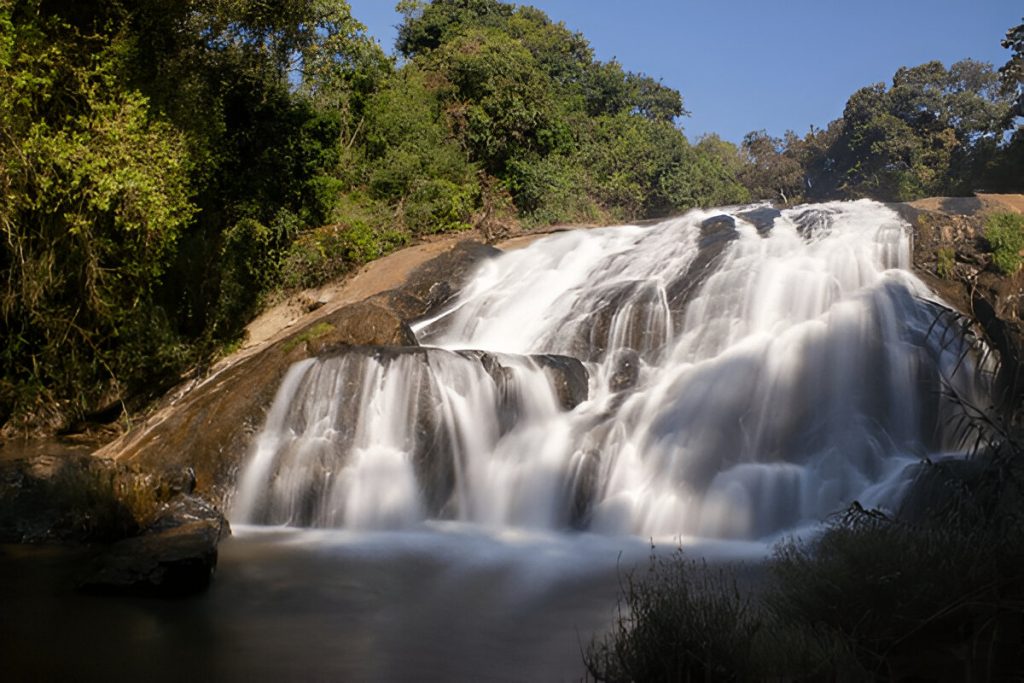
Tea Garden Walks and Nature Exploration: After our visit to Catherine Falls, we took a leisurely walk through the tea gardens around our homestay. The kids were curious about how tea leaves were grown and harvested, and the friendly locals explained the process to us. It was a great learning experience for the children. The air was fresh, and we could see the expansive views of the hills around us.
Local Sightseeing: We also visited Longwood Shola, a protected area of tropical forests, which is home to many native species of plants and animals. It was a short and easy hike, perfect for our family. The kids loved exploring the dense forest and observing the different species of birds and butterflies.
Challenges and Accommodation
The drive up to Kotagiri was beautiful but a bit challenging due to the narrow, winding roads. Thankfully, our driver was experienced with the hilly terrain, so we made it safely to the homestay. The homestay was comfortable, with well-furnished rooms, though the lack of internet connectivity and mobile network (due to the remote location) was a slight inconvenience for us. However, we appreciated the opportunity to disconnect from the digital world and fully embrace the peace of the hills.
Dinner at the homestay was a cozy affair, with freshly prepared South Indian dishes. We enjoyed a comforting meal of hot rice, sambar, and curd, along with a variety of vegetable curries and roti.
Day 3: A Relaxed Day in Kotagiri and Return to Coimbatore
On our final day, we took it easy and decided to explore some more hidden gems of Kotagiri. We visited the Kodanad Viewpoint, which offers a panoramic view of the surrounding valleys and mountains. It was the perfect spot for a family photo.

Before we began our return journey to Coimbatore, we spent a few hours shopping for some local tea and handmade souvenirs from the nearby markets. The kids loved picking out small wooden toys and tea-infused candles to take back home as souvenirs.
In the afternoon, we started our drive back to Coimbatore, which took us about 6 hours. We stopped for a quick break and snacks on the way and reached Coimbatore by evening, ending our 3-day adventure.
Uniqueness of the Trip
What made this trip so special was the stark contrast between the coastal beauty of Pichavaram Mangrove Forests and the cool serenity of Kotagiri. The activities in both places were family-friendly, and the beauty of nature kept everyone engaged. While Pichavaram offered a unique experience of boating through mangrove forests and birdwatching, Kotagiri provided a peaceful retreat in the Nilgiris with its stunning waterfalls, tea estates, and scenic viewpoints.
Final Thoughts
Despite a few challenges, like the long travel distances and occasional lack of connectivity, the warmth of the people, the natural beauty, and the family bonding moments made this trip unforgettable.
If you’re looking for a mix of adventure, nature, and relaxation, Pichavaram and Kotagiri offer the perfect blend, and we’ll certainly cherish this family trip for years to come!

